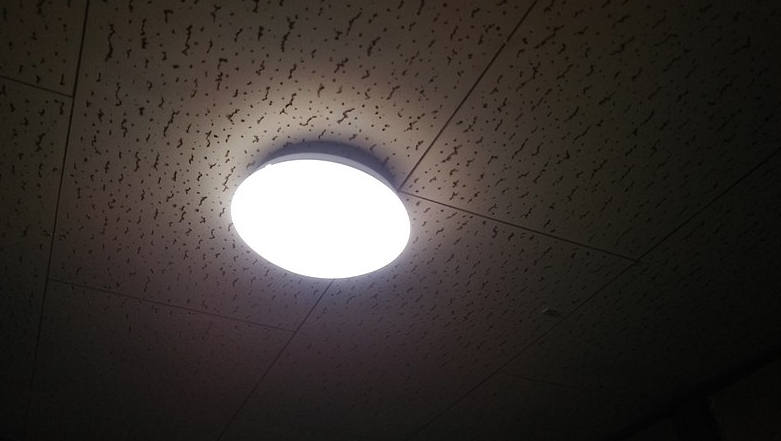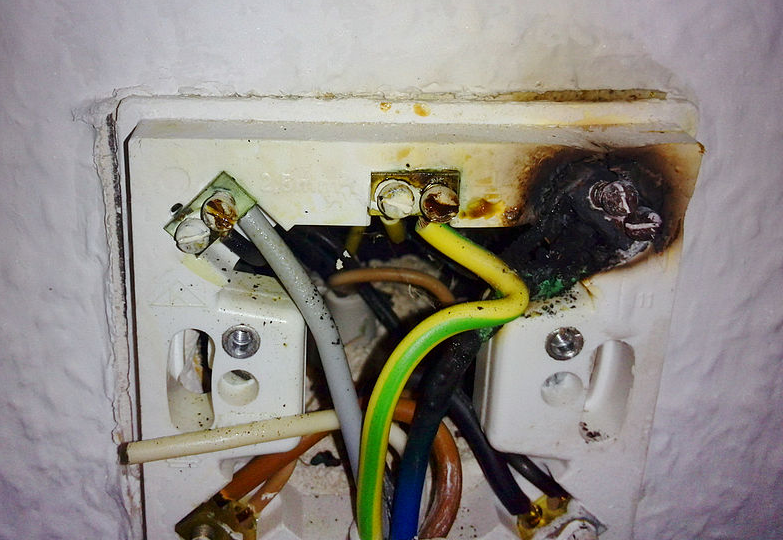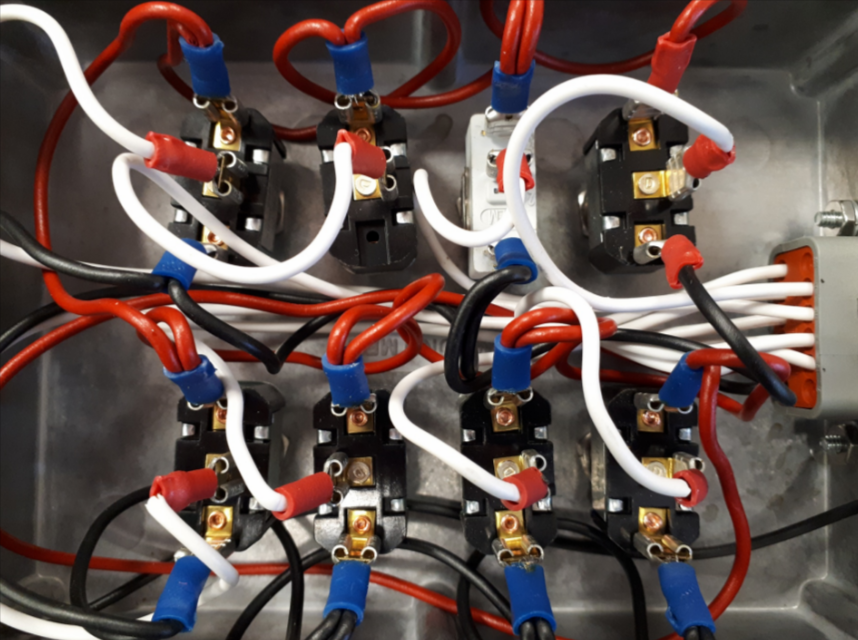If you’re looking for ways to save money on your energy bills and reduce your carbon footprint, one simple and effective solution is to upgrade to LED lighting. LED, or light-emitting diode, lighting is a type of energy-efficient lighting that uses significantly less energy than traditional incandescent bulbs and lasts much longer. In this blog post, we will discuss the benefits of upgrading to LED lighting and provide some tips on how to make the switch.

One of the biggest benefits of LED lighting is that it is extremely energy efficient. LED bulbs use up to 80% less energy than traditional incandescent bulbs, which means that they can significantly reduce your energy consumption and lower your electricity bills. Additionally, LED bulbs have a much longer lifespan than traditional bulbs, which means that you won’t have to replace them as often. This can also save you money in the long run, as you won’t have to constantly purchase new bulbs.
Another benefit of is that it is much more environmentally friendly than traditional lighting. LED bulbs do not contain toxic chemicals like mercury, which means that they can be disposed of safely without harming the environment. Additionally, because LED bulbs use less energy, they generate fewer greenhouse gases, which makes them a more sustainable lighting option.
In addition to energy efficiency and environmental benefits, it is also has several practical advantages. For one, LED bulbs are much cooler than traditional bulbs, which means that they are less likely to cause fires or heat-related issues. LED bulbs are also much more durable than traditional bulbs and are resistant to shock and vibration, making them a great choice for outdoor lighting or for use in areas where bulbs may be bumped or jostled.
If you’re considering upgrading to LED lighting, there are a few things you should keep in mind. Firstly, it’s important to choose high-quality LED bulbs, as cheaper options may not last as long or be as energy efficient. It’s also a good idea to consult with a licensed electrician before making the switch, as they can help you assess your home’s lighting needs and determine the best lighting options for your home.
To make the switch to LED lighting, start by replacing your most frequently used bulbs with LED bulbs. These might include bulbs in your kitchen, living room, and bedrooms. You can also consider replacing outdoor lighting with LED bulbs, as these are often used for extended periods of time and can benefit significantly from the energy efficiency of it.
In conclusion, upgrading to this kind of lighting has numerous benefits, including energy efficiency, environmental friendliness, and practical advantages. If you’re looking to save money on your energy bills and reduce your carbon footprint, making the switch to LED lighting is a simple and effective solution. By choosing high-quality LED bulbs and consulting with a licensed electrician, you can ensure that your home is properly lit and energy efficient.


